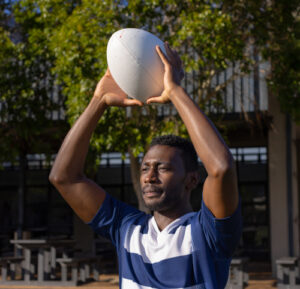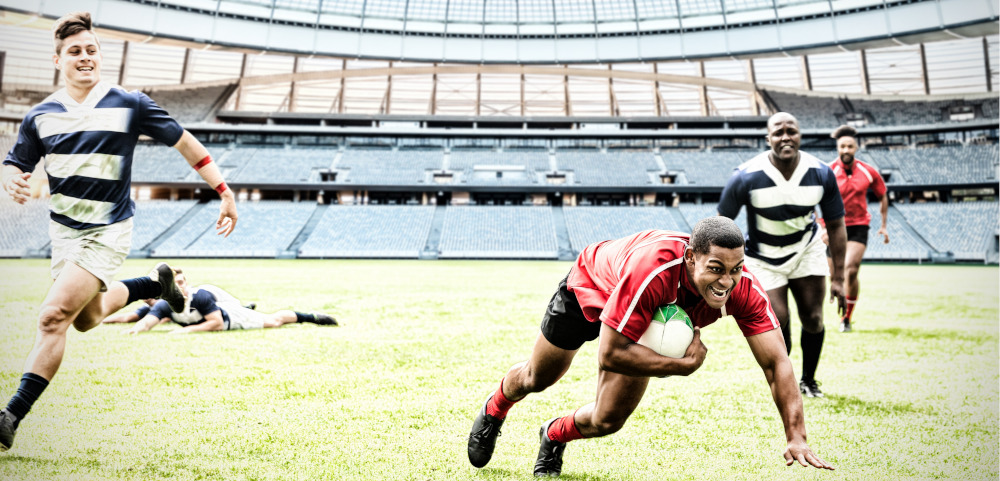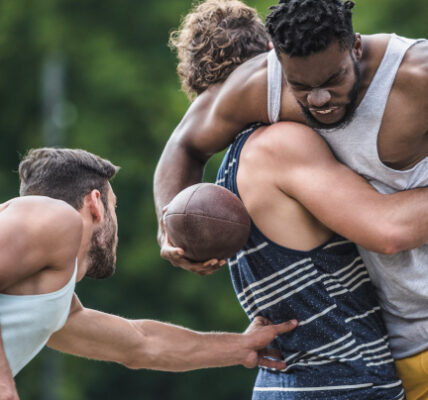There’s a certain kind of stillness before a Currie Cup match in the smaller towns of South Africa. Not the calm before the storm kind that’s talked about in headlines, but the low murmur of readiness that settles over communities that live through their rugby. In places like Kokstad, Empangeni, or Ladysmith, the build-up isn’t driven by advertising or hype. It’s in the Wednesday practice session where ten men show up early to mark the pitch with rusted equipment. It’s in the late Thursday chats outside the butcher, comparing team lists that haven’t even been made public yet. By Saturday, the town knows who’s fit, who’s not, and who’s carrying a niggle but playing anyway. This is Currie Cup rugby, South African sport’s oldest pulse, living quietly on the edge of the spotlight.
The Premier Division might grab the cameras, but the heart of the competition beats in these overlooked corners, in the fringes where the stories don’t come wrapped in post-match interviews. These are the players who train under streetlights because there’s no formal facility. The ones who get handed kits hours before the game and still wear them like pride stitched into polyester. They are men with day jobs, teachers, security guards, delivery drivers, who become flankers and centres on weekends. They’re not chasing professional contracts. They’re chasing the moment. The sixty or seventy minutes where everything else disappears and it’s just them, their teammates, and the game they’ve been playing since they were boys.
When the Currie Cup rolls back into town, it’s never just another game. It’s a reprieve. A validation. Even when it’s only the early rounds or a warm-up fixture, the sense of occasion lingers. Children line the field fence with hopeful faces. The tuck shop does its best business of the month. The older supporters return to their fold-up chairs, wrapped in provincial scarves that haven’t been updated in a decade. These aren’t fans in the modern sense, they are custodians. The kind who remember which year the flyhalf broke his ankle, who scored the match-winner against Border in ’09, who still shake their heads at that loss to Valke five years ago that cost them a playoff spot. They don’t need replays or statistics. They were there.
For the players, life on the fringe is not a waiting room, it’s a decision. Most know the phone call from a franchise is unlikely to come. They know they are playing in between real life, not instead of it. They strap ankles on their own. They buy their own protein. They travel in shared transport, sleep two to a bed in old hotels when they go on the road. But when they run out, there is no hint of compromise. Their shoulders hit just as hard. Their lungs empty just as fast. The game does not distinguish between the paid and the unpaid, it only rewards the committed.
There’s something poetic in the contradictions. A loosehead prop who fixes power lines during the week, locking horns with a semi-pro youngster trying to break into a wider squad. A lock in his thirties who gave up dreams of playing Super Rugby, now teaching maths by day and calling lineouts on Saturdays. These men understand something that the game sometimes forgets, rugby is not made in stadiums alone. It is made in community halls, in school gyms, in the spaces where effort goes unrewarded but never unnoticed.
 In Pietermaritzburg this year, during a local derby match that carried more tension than the standings would suggest, a player went down hard midway through the second half. There was a pause as teammates circled him. No paramedics with oxygen, just a physio with a bag of ice and the calming tone of someone who’s patched this same player up before. He limped off, jaw clenched, and five minutes later was standing on the sideline shouting instructions. No cameras. No contract. Just belief.
In Pietermaritzburg this year, during a local derby match that carried more tension than the standings would suggest, a player went down hard midway through the second half. There was a pause as teammates circled him. No paramedics with oxygen, just a physio with a bag of ice and the calming tone of someone who’s patched this same player up before. He limped off, jaw clenched, and five minutes later was standing on the sideline shouting instructions. No cameras. No contract. Just belief.
At the bar that evening, the game is retold with the reverence of myth. A missed tackle becomes a parable. A quick tap and go that didn’t work is still applauded for its boldness. A soft try conceded is quietly put down to fatigue, not failure. The storytelling doesn’t clean the game up, it extends it. It lets the match breathe beyond the whistle. And in places like the Goldrush Casino in Queenstown or the smaller lounges in Margate, this ritual continues. A few of the older players, shoulders wrapped in heat packs, sit near the bingo terminals, talking tactics over cold beers. There’s laughter, yes, but also precision. Critique. Reflection. They remember every carry, every penalty, every lost opportunity. That’s the thing about rugby at this level, it may be part-time, but the memory is full-time.
What the Currie Cup brings to these spaces is more than a fixture list. It is continuity. A reminder that the game still lives here. That even as the professional tiers grow slicker and more distanced from grassroots, there is still a living, beating version of rugby that holds firm in the mud and the dust. The players may not have agents, but they have reputations. In their towns, they are known. Not in hashtags, but in handshakes.
And when the final whistle blows and the result is called, there is no post-match social media spin. There is just the long walk to the change room, the peeling off of jerseys soaked in effort, and the quiet settling of breath. Sometimes they win. Sometimes they lose. But always, they return to Monday as workers, as students, as sons and fathers and neighbours. And always, they carry the game with them.
That’s where the true weight of the Currie Cup lies, not just in lifting trophies, but in lifting the places it visits. In reminding players on the edge that they are still part of something larger. That their tackles matter. That their stories count. In an age obsessed with the top tier, it is here, in the overlooked, where the soul of South African rugby is still being written. Week by week. Match by match. Without glamour. Without fanfare. But never without purpose.




